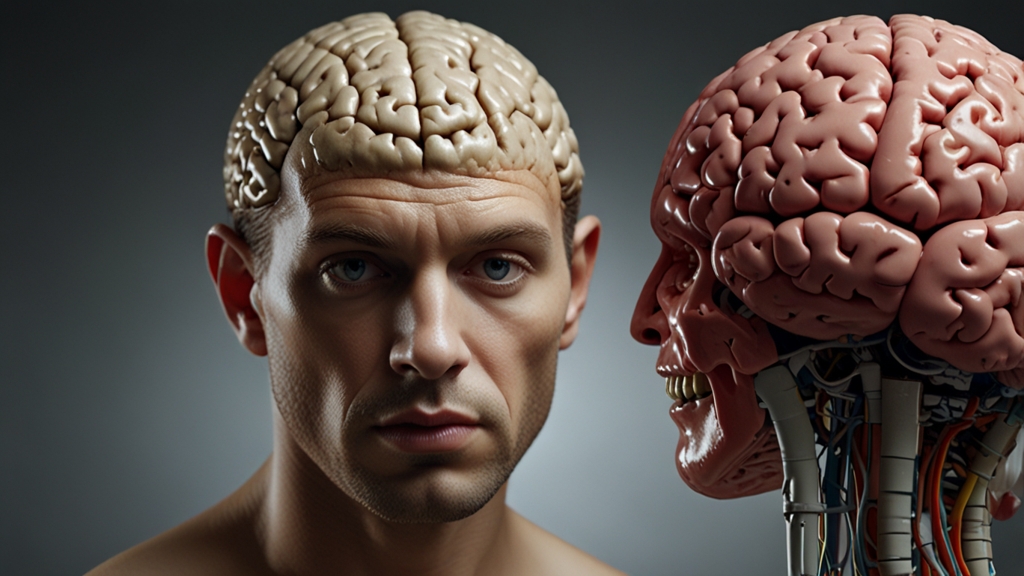The Stealthy Rise of Facial Recognition: Are You Ready?
In the realm of technological advancement, few innovations have sparked as much intrigue and controversy as facial recognition. What began as a futuristic concept has rapidly transitioned into an omnipresent reality. Today, facial recognition technology is not just confined to military and law enforcement use; it permeates our daily lives, shaping everything from our smartphones to public safety mechanisms. But the big question remains: Are we ready for its full-scale adoption?
The Technology Behind the Smile
Facial recognition systems operate via a complex interplay of advanced algorithms and neural networks. These systems map facial features, analyze patterns, and compare them to massive databases of stored images. The process is both intricate and fascinating, encompassing various fields of computer science, data analytics, and artificial intelligence. The technology promises numerous benefits—swift identification, enhanced security, and highly personalized user experiences.
A Double-Edged Sword
However, the rapid ascension of facial recognition is not without its drawbacks. Governments and corporations deploy this technology in ways that often tread a fine line between convenience and intrusion. Critics argue that these systems can lead to pervasive surveillance, privacy infringements, and even discriminatory practices.
"The potential for misuse of facial recognition technology is enormous. While it can undoubtedly enhance security measures, it also presents unprecedented risks that can curtail fundamental human freedoms," says Cindy Cohn, Executive Director of the Electronic Frontier Foundation.
Applications in Our Daily Lives
Facial recognition technology is already being utilized in various sectors. At airports, it expedites check-in and boarding processes. Social media platforms use it to suggest photo tags, while retail businesses employ it for targeted advertising. Even educational institutions are experimenting with attendance systems based on facial recognition. The diversity of its application underscores its adaptability and the convenience it offers.
Privacy Concerns and Ethical Questions
Despite its advantages, facial recognition technology raises pressing ethical questions. Governments around the world are grappling with how to regulate and implement this technology responsibly. In some cases, facial recognition has led to false positives, potentially causing serious ramifications for innocent individuals.
"We need robust guidelines and stringent policies to govern the use of facial recognition technology. Without proper regulation, we run the risk of turning our societies into surveillance states," warns Edward Snowden, a prominent privacy advocate.
Regulations and the Road Ahead
In an attempt to mitigate risks, several cities and countries have begun to impose regulations on the use of facial recognition technology. San Francisco became the first city in the United States to ban its use by police and other city agencies. The European Union has also been proactive, considering stringent laws as part of its AI regulatory framework.
For individuals, staying informed is the first step in navigating this complex landscape. Understanding both the capabilities and limitations of facial recognition technology will help us make more educated choices about its acceptable use.
Conclusion: A Lucrative Yet Cautionary Future
The rise of facial recognition technology is a double-edged sword—offering unprecedented conveniences and efficiencies on one side, while posing serious ethical and privacy concerns on the other. As we stand on the precipice of this new era, it becomes imperative to strike a balance between innovation and caution.
"The future of facial recognition technology will largely depend on the collective actions taken today. Responsible innovation and informed public discourse are crucial for harnessing its full potential while safeguarding our fundamental rights," summarizes Rachel Levinson-Waldman, a senior counsel at the Brennan Center for Justice.
In conclusion, whether we are ready or not, facial recognition technology is here to stay. By educating ourselves and advocating for responsible use, we can better prepare for the advancements and challenges that lie ahead.






